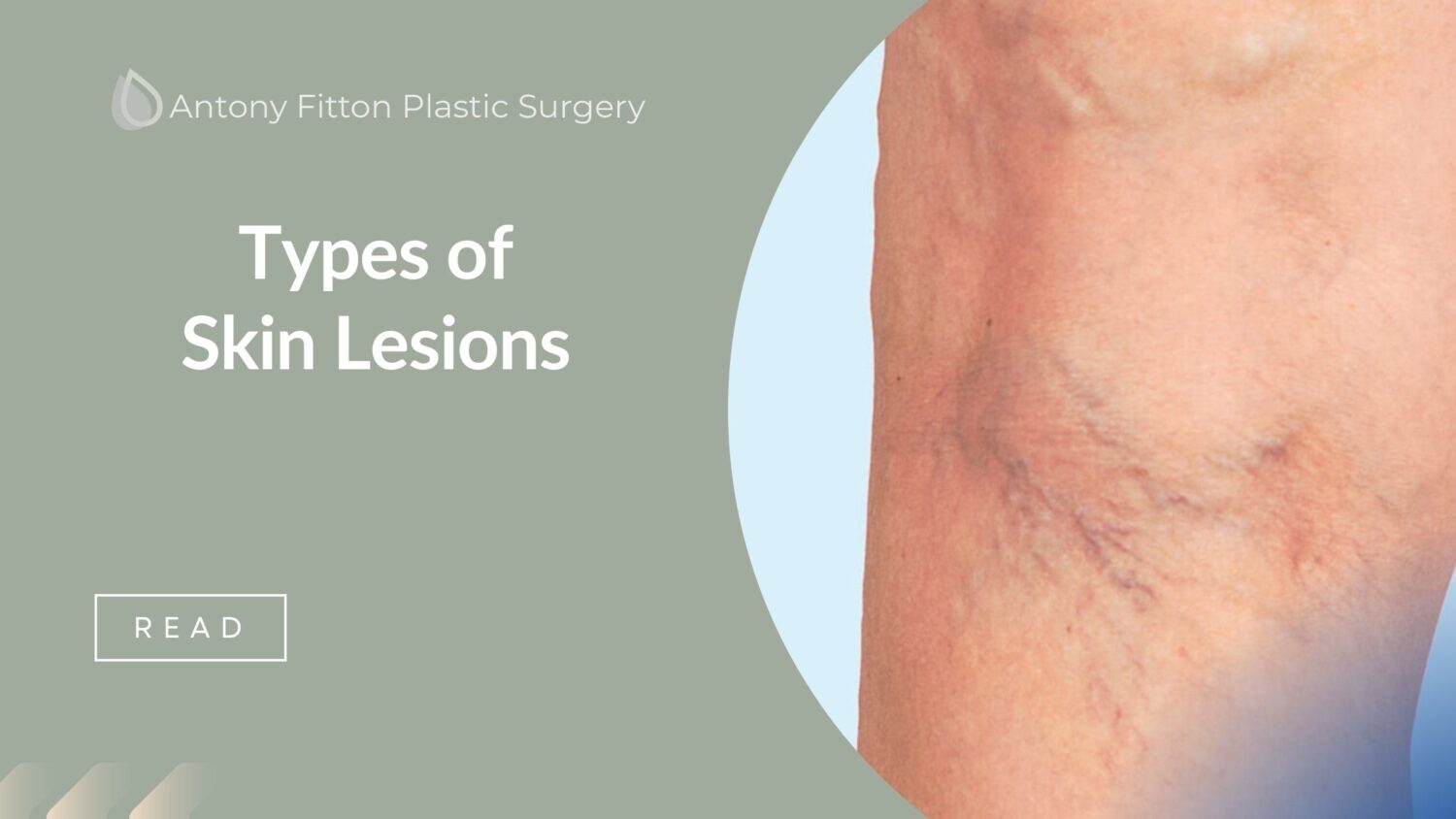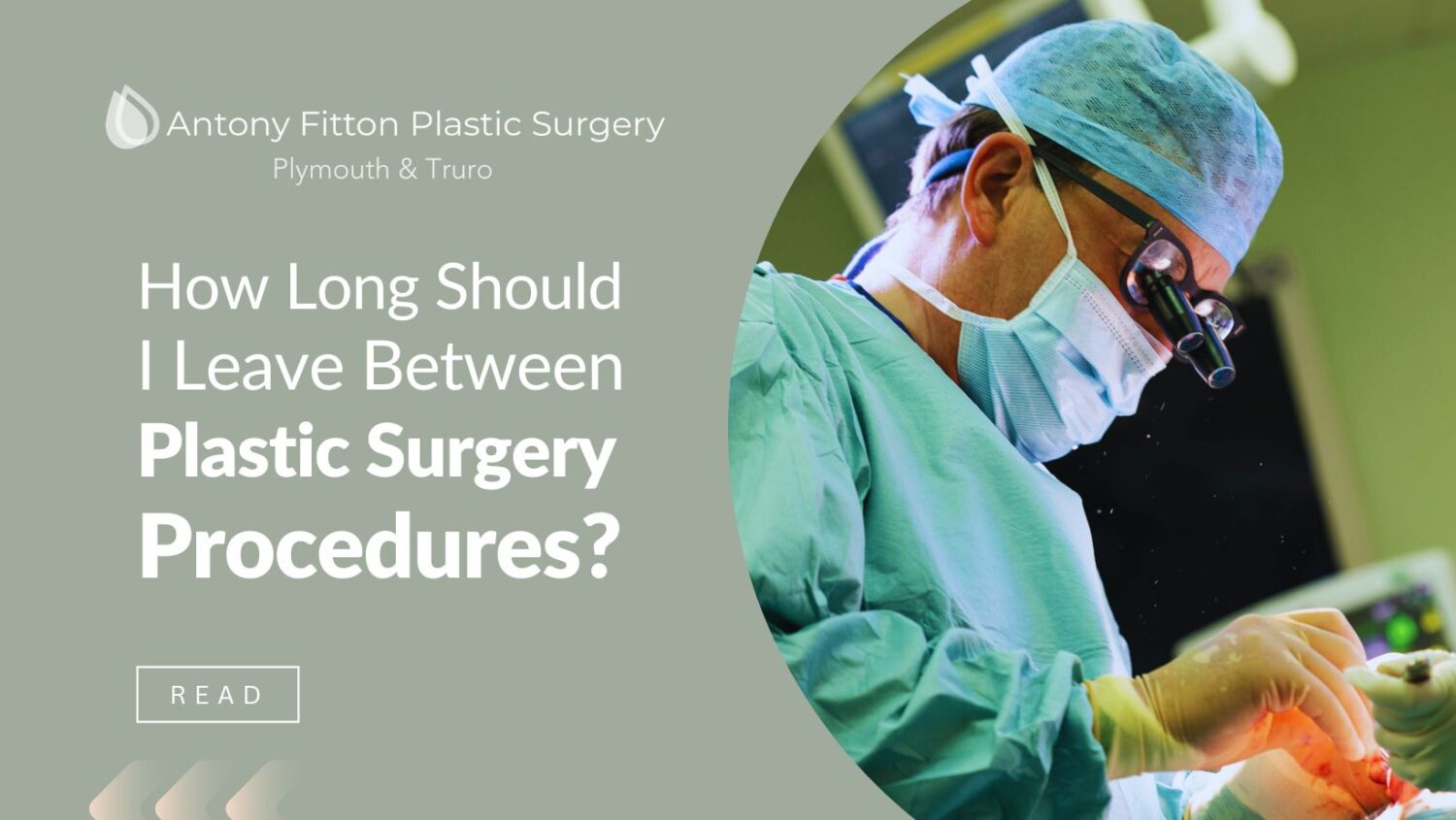
Types of Skin Lesions
The term “benign skin lesions” encompasses a wide range of lumps and blemishes from simple moles and warts to cysts, lipomas and pigmentary changes.
Treatment can involve surgical excision, curretage/tangential excision or laser ablation.
Historically treatment of benign skin lesions was available on the NHS in the UK. Recently the Primary Care Trusts have excluded such treatment.
Some skin lesions can bleed. Some are prone to recurrent infection. Some are situated in awkward places making them liable to being rubbed.
In these circumstances you may be eligible for treatment on the NHS. Your General Practitioner will be able to diagnose your skin condition and advise you where you can access treatment.
Some types of skin lesions include:
- Warts and plantar warts
- Seborrhoeic keratoses (benign skin growths, basal cell papillomas, warts)
- Spider naevi
- Thread veins
- Benign pigmented melanocytic naevi (moles)
- Dermatofibromas (skin growths)
- Skin tags
- ‘Sebaceous’ cysts (pilar and epidermoid cysts)
- Lipomata (fat deposits underneath the skin)
- Xanthelasmas (cholesterol deposits underneath the skin)
- Post acne scarring
- Port wine stains

Executing Surgery with Skill
Thank you so much

Should I Lose Weight Before a Tummy Tuck?
Discover if you should I lose weight before a tummy tuck and if it can enhance your surgery results

How Long Should I Leave Between Plastic Surgery Procedures?
Discover how long you should leave between plastic surgery procedures for optimal recovery and effec

Is Male Chest Reduction Right for Me? Key Questions Answered
Is Male Chest Reduction Right for You? This blog answers crucial questions on gynecomastia surgery s




